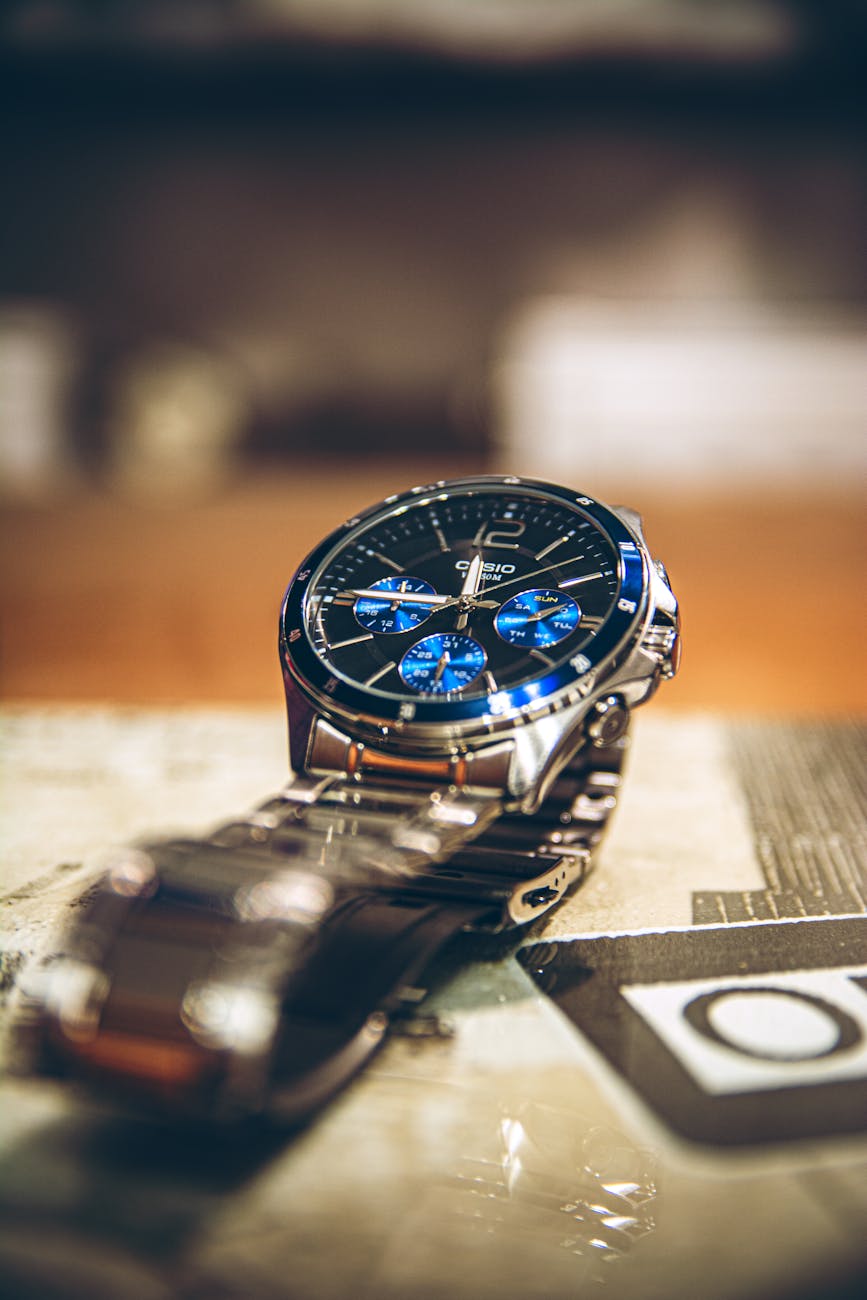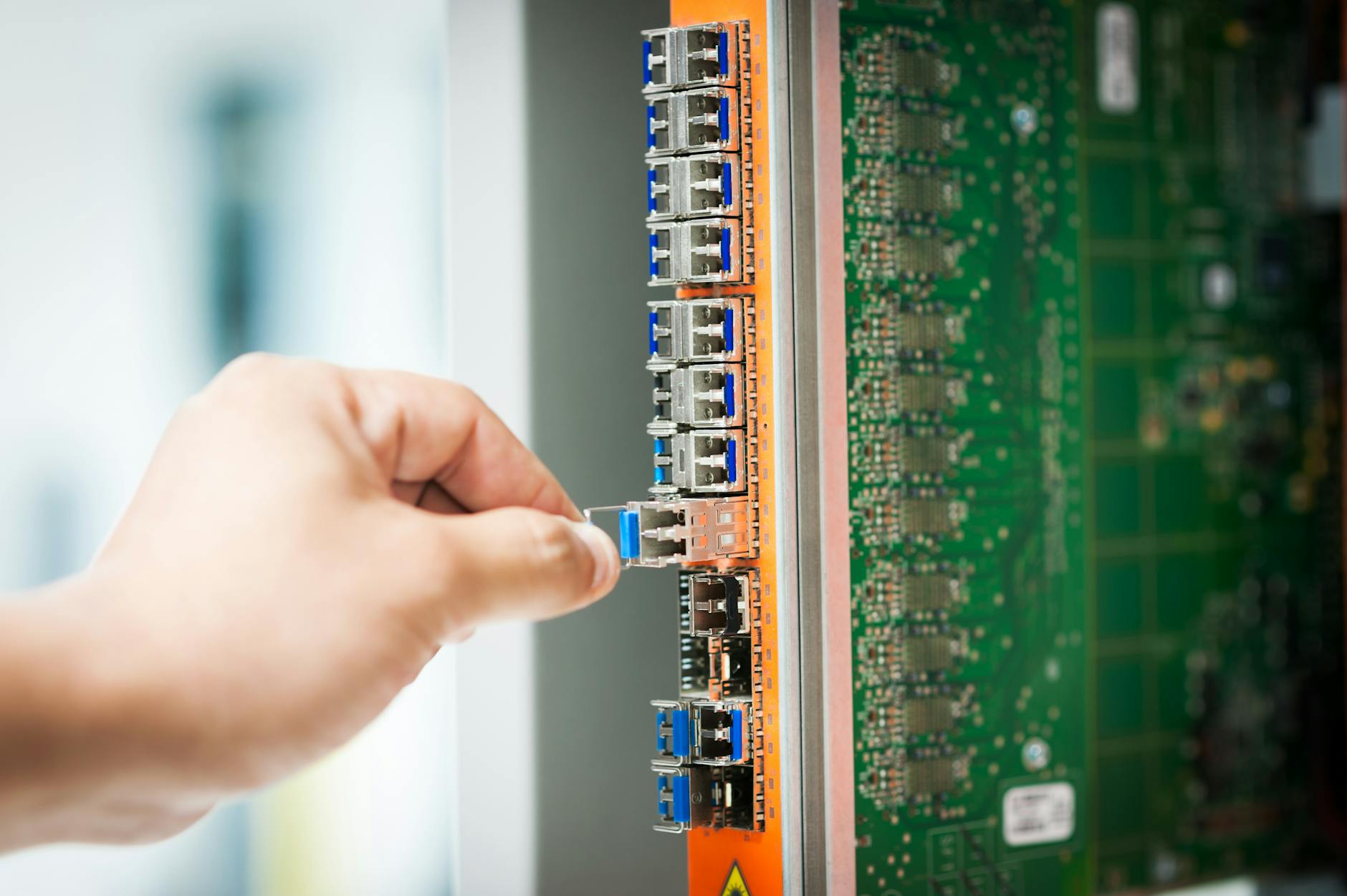Yikes, I had such a great experience installing first the DJI Phantom Pro and then the DJI Mavic Pro, that I thought this should all be easy after four more years of development how wrong I was. Here are some installation notes on a el cheapo drone that runs open source Ardu Pilot and a really frustrating hour trying to figure out how to activate the DJI FPV Drone.
Sky Viper Drone
I wanted to try a very simple drone, this is just $50 or so on Amazon and it comes with GPS location and runs Ardupilot so I thought it was a nice drone to try to see how an open source one might work. Well here were the gotchas:
- You have to charge the battery first and the time is limited, also you need to put batteries into the controller.
- Once that is done, when you connect the battery to the drone, it just starts
- Then a long press on the controller
- You can also insert a microSD chip into the drone for photos
- It will then blink and complain, but eventually the lights go green
- However it says that the Launch/Land button will make it take off. At least on this drone, that wasn’t the case, the rotors would spin but that was all.
- If you press up on the left joy stick, then it will start to rise, but the flight is very uneven.
- It wobbles up and down and left and right quite a bit. It is pretty unstable so make sure that you have a large space.
- But pressing the power button kills the power to the drone and it will just fall out of the sky which isn’t very comforting but it is at least instant.
- Then the Return to Home seems pretty flaky, the drone just kind of flew off even though it said he had a firm fix.
- The final sad thing is that even with an SD card loaded into it, when it came time to download videos, nothing arrived.
DJI FPV Drone: Surprisingly Frustrating
Given my great experience with DJI I was expecting a really great one four years after buying the Mavic Pro, but boy was I surprised, the whole FPV thing feels like a major beta project with the main issue being the instructions are far from linear, so here you go:
- YOu need to charge the drone battery and the battery that is tethered to the goggles (pretty weird that unlike the Oculus, these are separately powered, not very neat and the cable just dangles) as well as the remote control and the remote wand. That is a lot to charge.
- Then when you get all that charged, you need a high speed SD memory card for *both* the drone and the goggles.
- Finally, powering and linking the whole thing is pretty mysterious. For the goggles, I searched everywhere, but it turns out the power for the goggles are on the battery which is pretty weird. Also, in DJI land, the way you turn something on is a short press on the button and then a long press. That prevents accidental turn on, but is quite different.
- Then if you bought the combo package, the goggles will be linked to the drone, but the remote control will not be.
- So to sync it all is again a bit of a mystery. You turn the drone and the goggles on, then you long press for five seconds on the drone and you will hear a beep, the battery lights will sequence and the yellow landing lights will blink. Do the same for the remote, so turn it on and long-press the power, and the battery lights will sequence. If you are lucky then both battery lights will go to solid indicating the charge.
- To check that this all works, you go to the goggles and use the right controller to scroll down to about and then press the middle, you should see the drone, remote, and goggles serial numbers.
- Now the goggles will say, the drone is not activated.
Ok here comes the strange parts, when you download the DJI Fly application from the App Store on your Mac, you will try to Connect to the aircraft but you won’t see the DJI FPV drone. Instead you have to:
- Go dig out the USB C to USB connector and plug your lightning cable in and then plug your phone into the GOGGLES (not the remote, that was a big mistake). I spent a long time with the phone tethered into the remote as that is how DJI works with the Mavic, but in this world, the Goggles are the center.
- Then you will get a screen on your phone saying it is ready to activate. Wow, that is just strange that with the DJI Fly application when you try to install, it shows a bunch of drones and not the FPV one, I would have expected that icon and then some instructions about what to tod.
- The DJI tutorials are really useless, they go over controls, but they never actualy tell you how to turn this stuff on.
- It does complain about the SD card being too slow (I had an old one), but it will fly and will even record. I got 4K video actually recorded even after that complaint.
- Now you get to wait 45 minutes for all the firmware to upload, the drone reboots a bunch of times. And make sure your batteries are full up, this is a long process to get activated and uploaded.
- Finally, you are ready for the flight and the main things to know are that takeoff is not automatic, you basically push inward and towards your body with the control levers and this enables flying.
- Then you can fly and learn the zillions of controls on the controller which I still don’t really understand. Note that with this drone, you can take camera videos but that the rotor blades are visible and when you turn, the whole thing rolls, so it is not really a photographic drone like the Mavic Pro for instance.
Skydio 2 Drone: Argh, no SD Card and it won’t fly??!
In some ways, this was the most frustrating experience of all, mainly because Skydio refuses to fly if you don’t have the correct SD card and the “base $1K” install does not include a $25 SD cards. Argh, that’s kind of ridiculous, you have to spend $1.5K to get a 128GB U3 SD card, I’ve got to say that is pretty strange, but here are the strange parts of this installation:
- The Skydio has a battery that is just magnetic, so once you install the rotors, the battery just pops in there and it is not clear where the release is (because there isn’t any).
- You do not have a controller, but you download the Skydio application and it is the control application. There is this strange part where the application doesn’t know how to find the wifi that connects you to the drone, so you have to type in a random set of SSID and password from the code at the bottom of the drone. At this level, you think someone would have figured out Bluetooth LE connection or Ultrawideband to connect these by proximity.
- However, when you try to launch, even if you have installed it with an SD card, it will refuse to fly without a fast enough one. You can get a 128GB U3 card now for $25, so it is sad that they don’t at least include a $10 in the base package.
- One nice thing is that unlike the DJI and it’s long presses to link, with the Skydio, you just plug the Beacon and regular controller into the USB C connector on the drone and then after a while it will sync. Way better than DJIs mystery sync.







